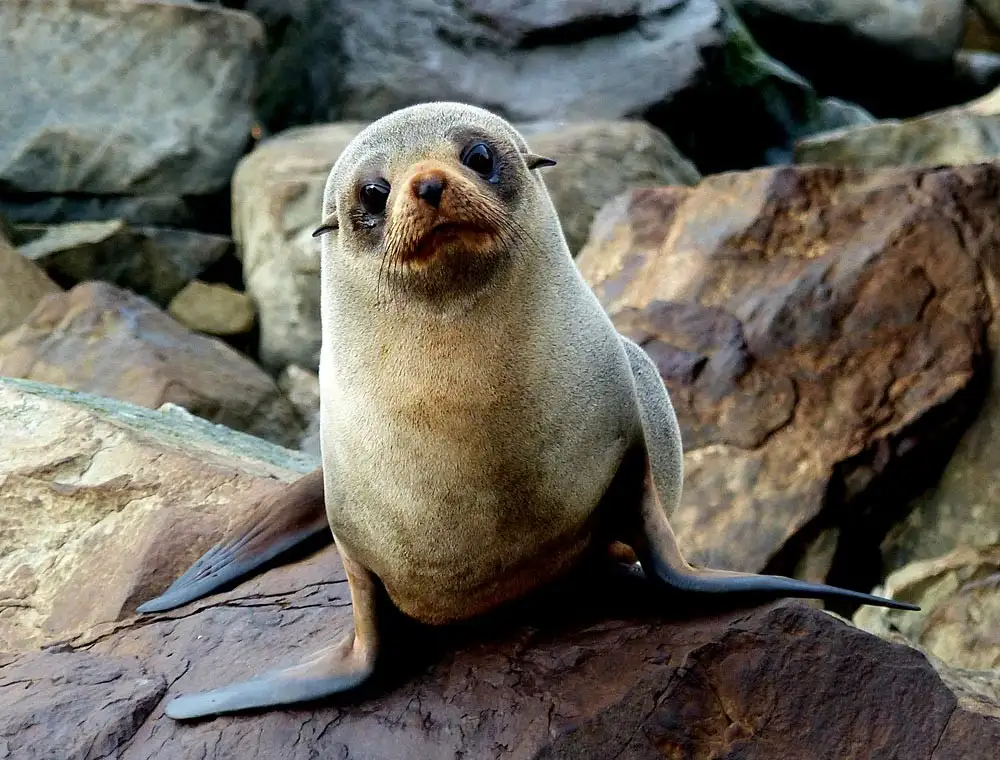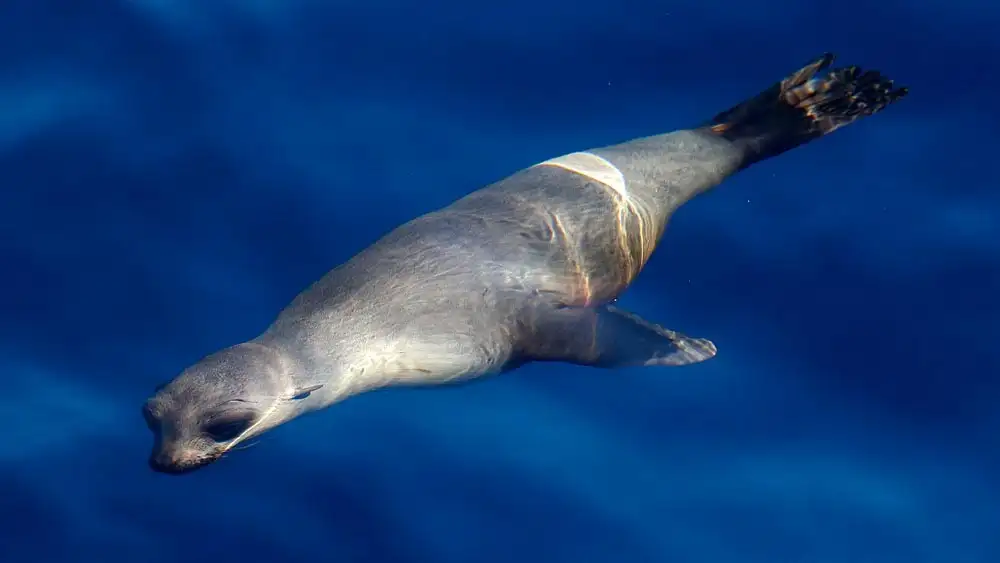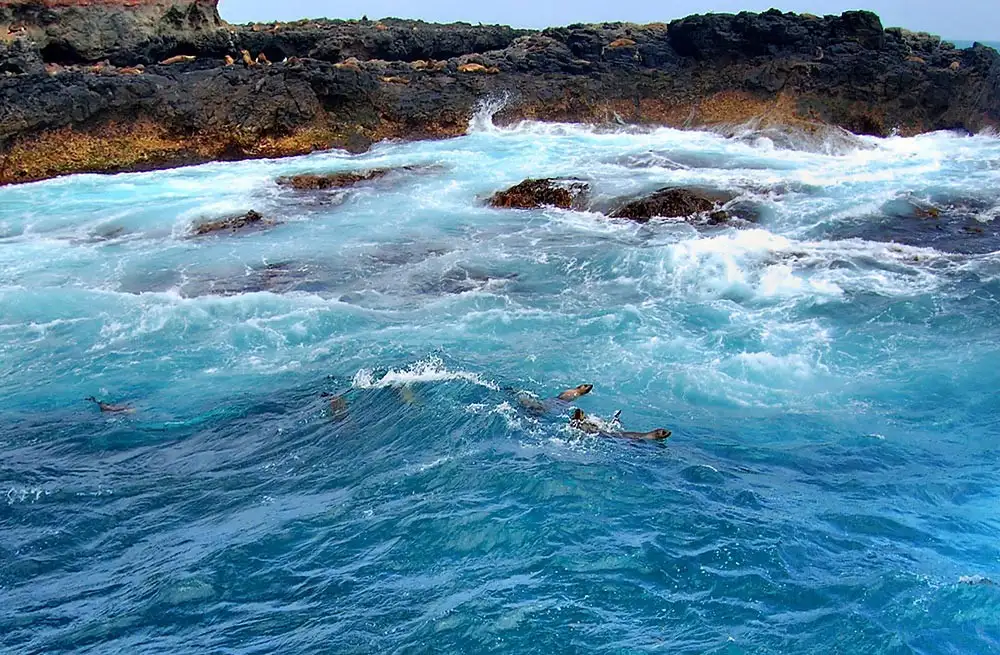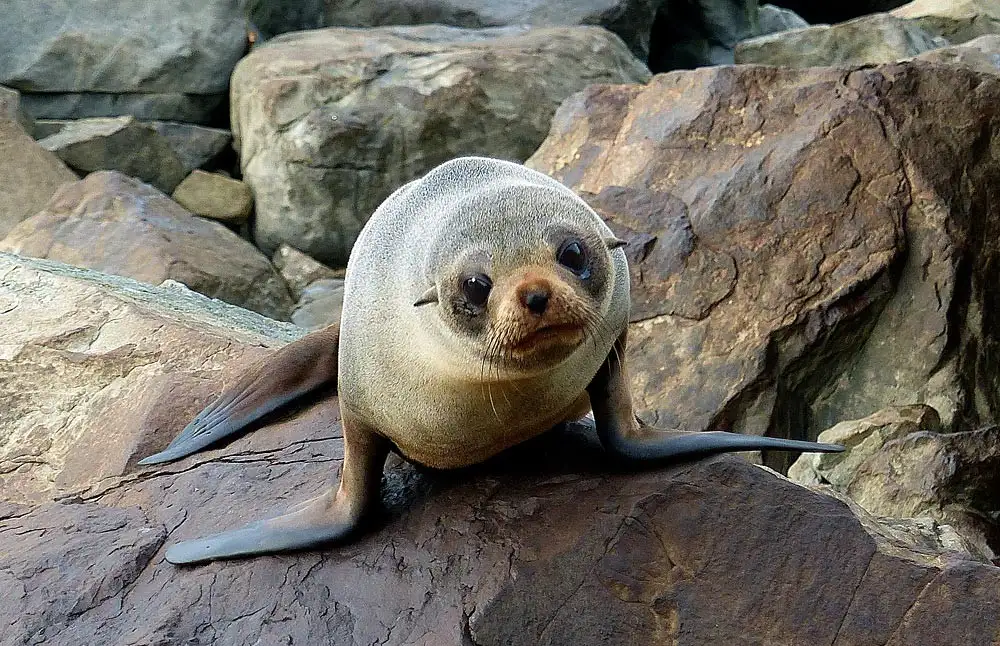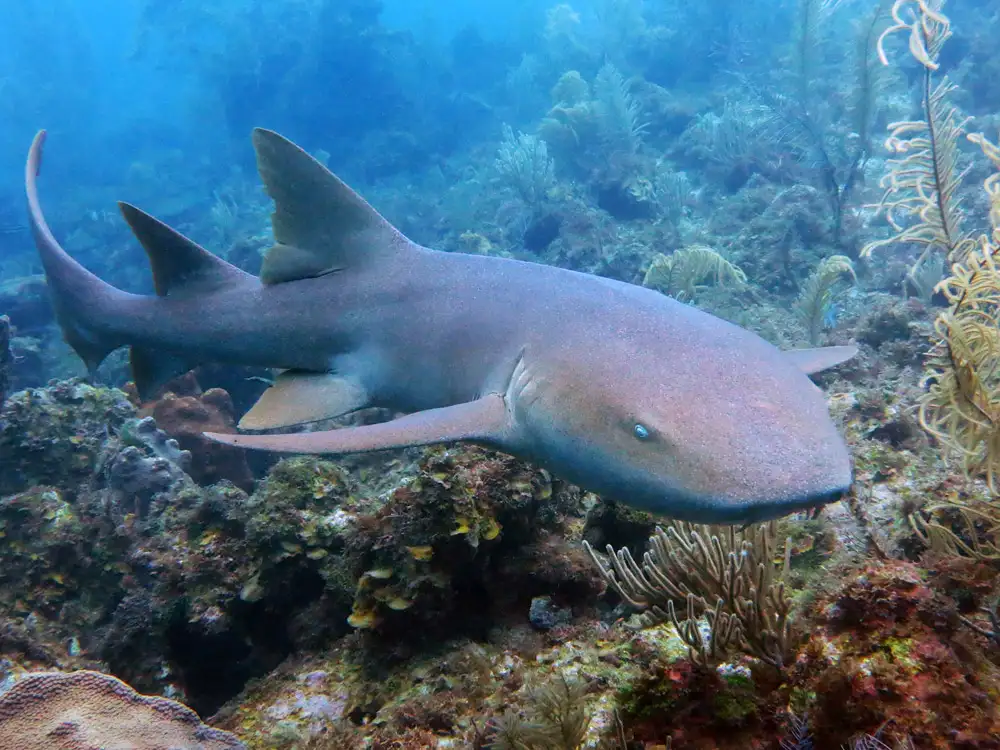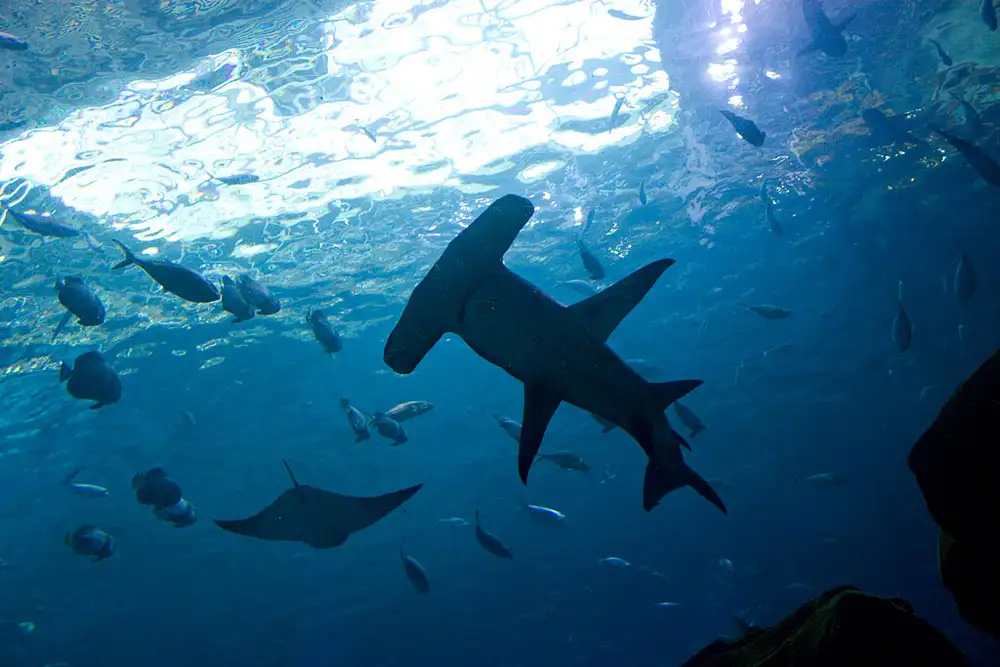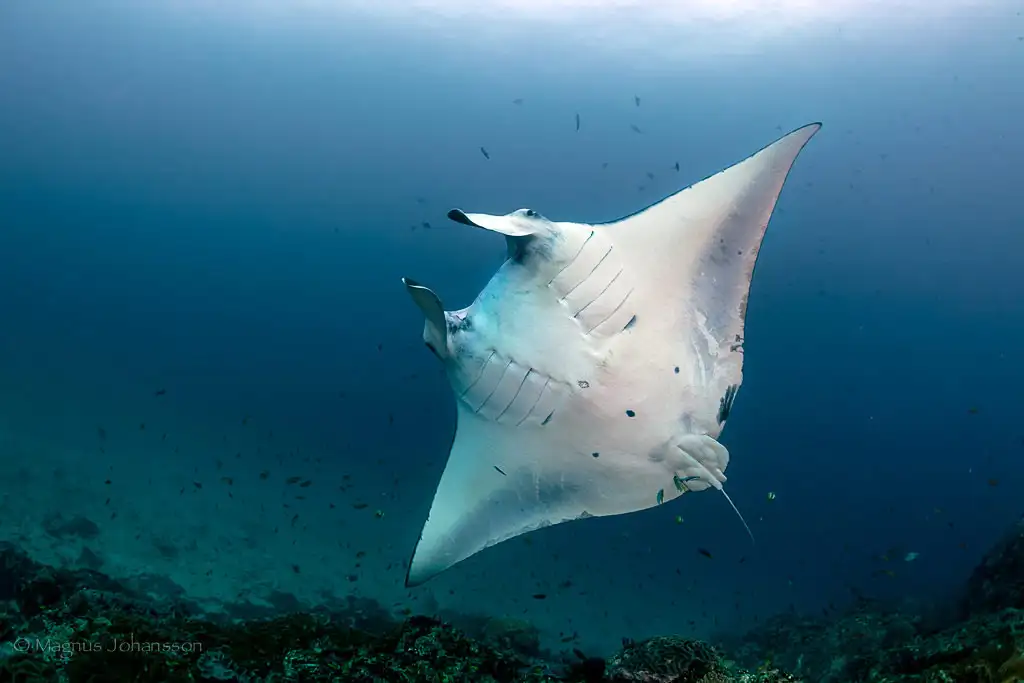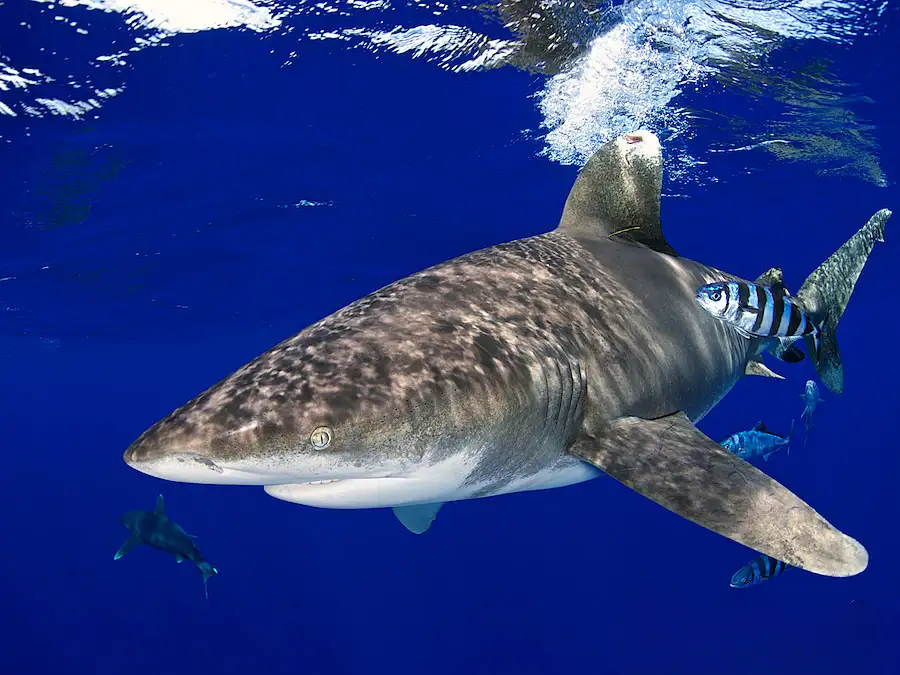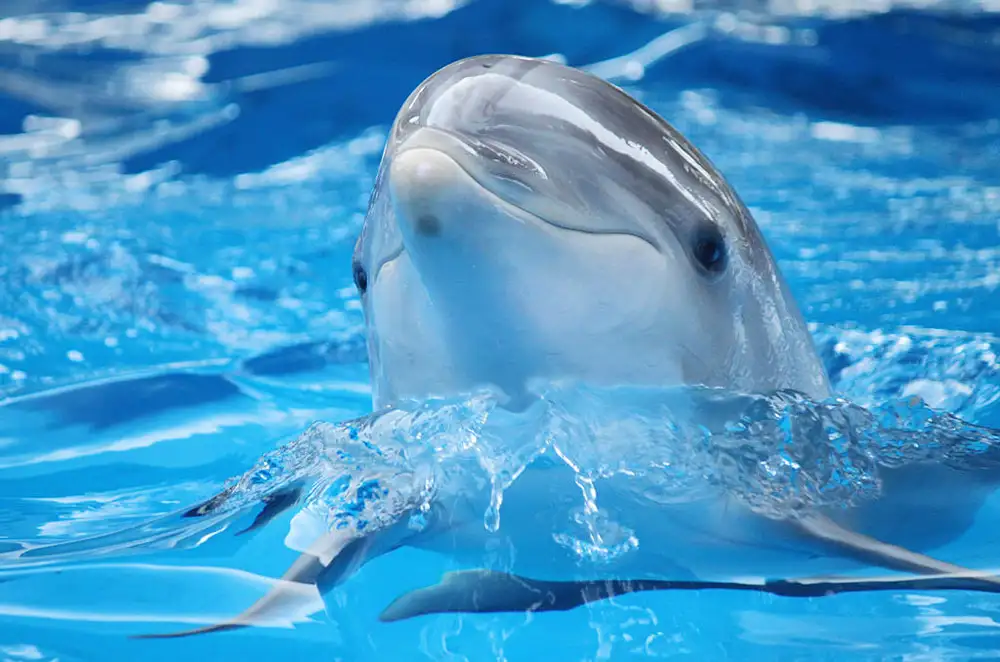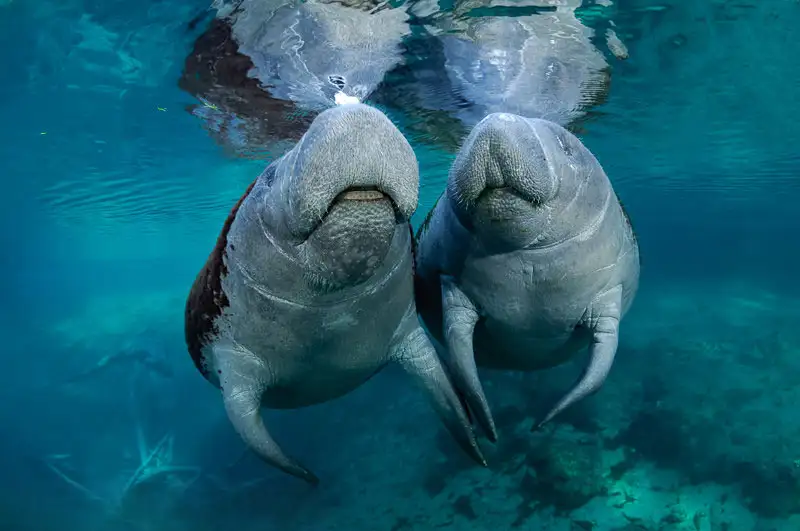Fur Seals
IUCN
Not evaluatedBasic Information
Scientific classification
- name:Fur Seals
- Scientific Name:Arctocephalinae (subfamily)
- Outline:Large Fish
- Family:Otariidae Arctocephalinae
Vital signs
- length:F 1.2–1.8 m; M 1.6–2.5 m (broad variation)
- Weight:F 25–80 kg; M 100–300+ kg
- lifetime:c. 20–30 years
Feature
Ear pinnae; foreflipper propulsion; quadrupedal on land; strong sexual dimorphism; dense underfur.
Distribution and Habitat
Southern Hemisphere islands/shelf edges and upwellings; N. Fur Seal across the North Pacific.
Appearance
Guard hairs plus underfur; large foreflippers; robust male neck/shoulders; dark natal pelage in pups.
Details
Arctocephalinae (fur‑seal subfamily) within Otariidae includes the Southern HemisphereArctocephalus and the Northern Fur Seal Callorhinus ursinus. Otariids bear external ear pinnae, swim with foreflipper propulsion and can walk on land. Fur seals have dense underfur that fuelled historic exploitation.
Ecology & Behaviour
Feeds on pelagic fishes/cephalopods near shelf breaks, upwellings and seamounts. Breeds at island rookeries with strongsexual dimorphism and polygyny; females alternate foraging trips with pup nursing.
Identification
Males much larger; powerful shoulders and large foreflippers; coat of guard hairs plus dense underfur. On land, quadrupedal gait.
Distribution & Taxa
Arctocephalus: widespread in the Southern Hemisphere (S America–sub‑Antarctic–Australia/NZ–S Africa).
Callorhinus ursinus: Northern Fur Seal across the North Pacific (Bering Sea–Aleutians–Kurils–N Japan).
Threats & Conservation
Legacy of the fur trade for some stocks.
Bycatch/entanglement (longlines, gillnets, ghost gear).
Food‑web shifts (fisheries pressure, El Niño/marine heatwaves).
Pollutants/disease (POPs, algal toxins, pathogens).
Disturbance (tourism near rookeries, vessel noise/strikes).
Priorities: spatio‑temporal protection of key rookeries/upwelling hotspots, anti‑entanglement gear, debris reduction, health monitoring, and climate‑responsive management.
FAQ
Q1. Fur seals vs. sea lions vs. true seals? Otariids (fur seals/sea lions) have ear pinnae, foreflipper propulsion and can walk on land; true seals lack pinnae and swim with hind‑flippers.
Q2. Why “fur” seals? Dense underfur historically targeted by the fur trade.
Q3. Conservation status? This is a subfamily overview—Not evaluated as a whole; statuses vary by species/stock (LC to VU/EN).
Q4. Human interaction? Breeding sites are disturbance‑sensitive; maintain distances/speed limits and reduce entanglement risks.


